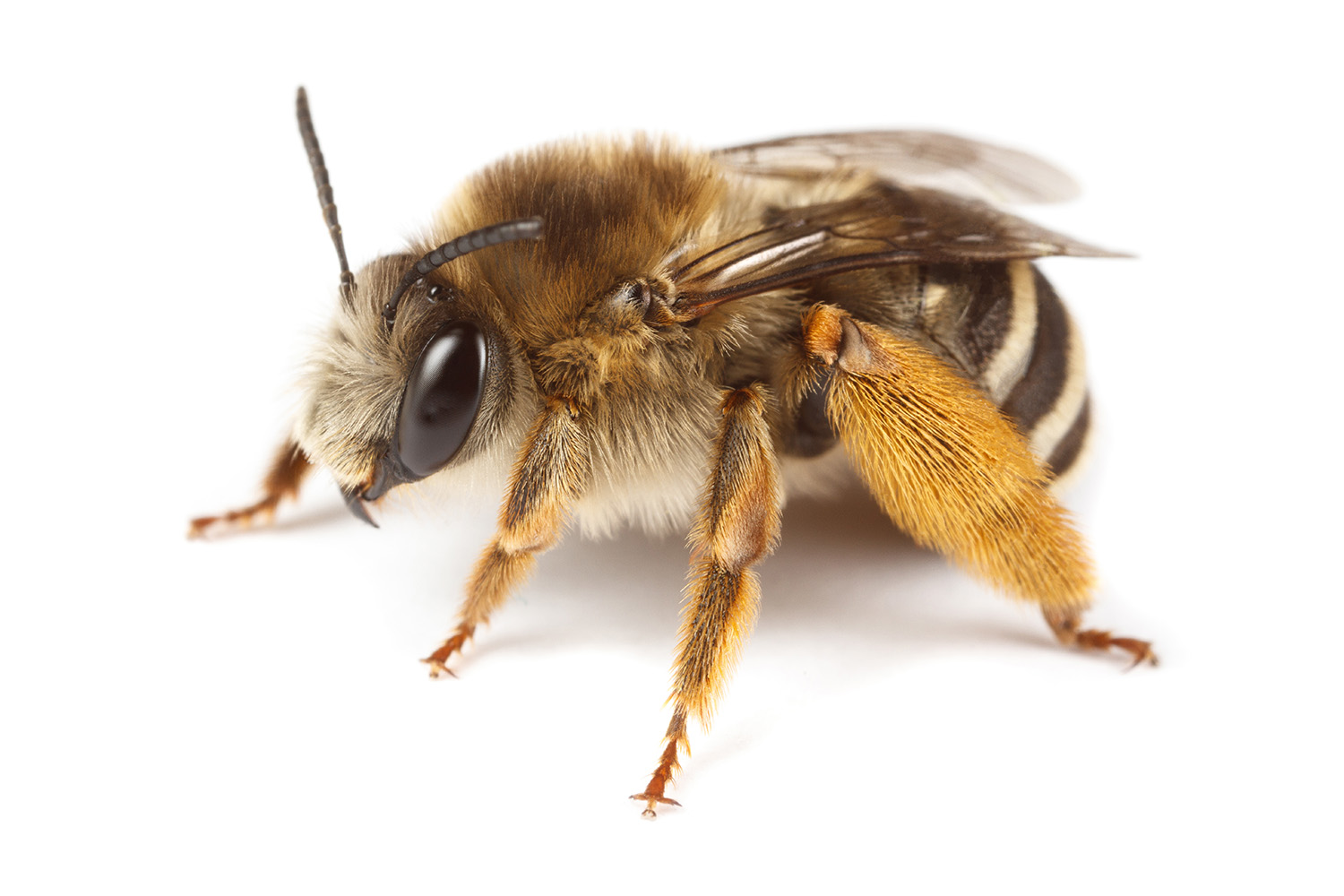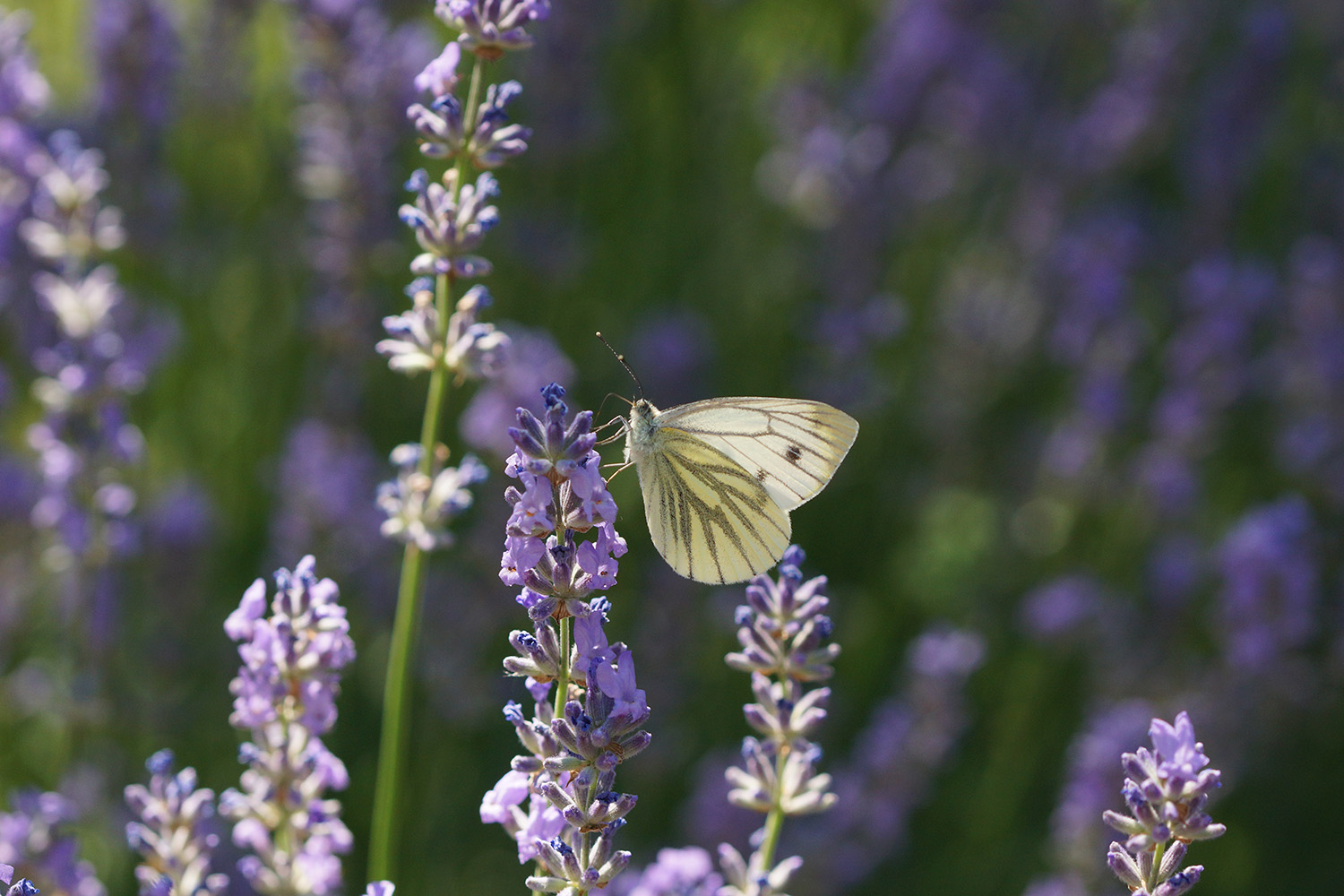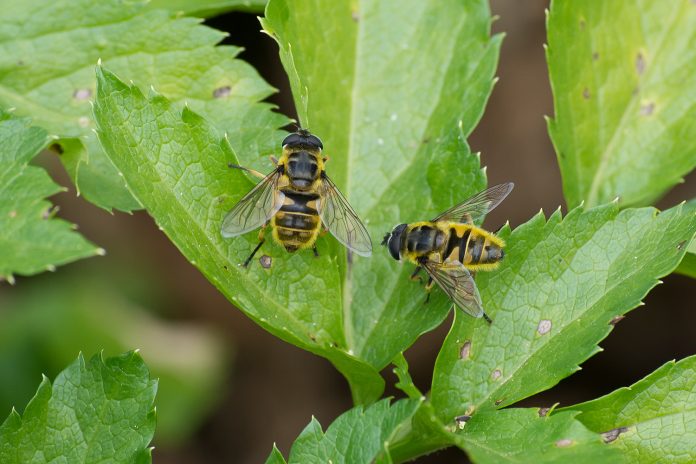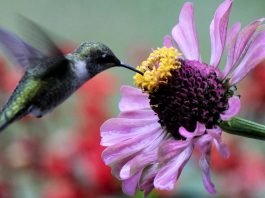To meet the goals laid out in the SPRING project, a collaborative research team consisting of the Helmholtz Centre for Environmental Research (UFZ) and the UK Centre for Ecology and Hydrology (UKCEH), has established an EU-wide monitoring system for pollinators.
What is the SPRING project?
A new EU-funded project called ‘Strengthening Pollinator Recovery through Indicators and monitoring’ (SPRING) now aspires to alleviate the situation. An international research team of 19 institutions will be involved in the project, which is coordinated by Professor Josef Settele from the UFZ and Dr David Roy from the UK Centre for Ecology & Hydrology in Wallingford, UK.
The concept for an EU monitoring system for pollinators was developed and published by an international group of experts in 2020, under the coordination of the Commission’s Joint Research Centre. The SPRING project, which has a budget of €5m, will carry out part of this census by 2023.

© Nicolas Vereecken / Selections Naturelles
Why are pollinators important?
Insects are important in ensuring that both ecosystems and the economy function efficiently. Almost 90% of flowering wild plants worldwide depend on pollination by animals, with more than 75% of all food crops also requiring pollinators if they are to produce high yield and good quality.
Honeybees, and perhaps butterflies, are the most well-known species that play an important role in pollination. Over the past decade or so, the importance of these species has gained traction, and people have come to recognise that without these species, there would be massive damage to both ecosystems and the economy.
In response to this, scientists have called for vigorous monitoring of Europe’s pollinators. Thus, the EU Pollinators Initiative has committed to develop an EU-wide monitoring system for pollinators, to ensure the provision of good quality data for assessing the status and trends of pollinator species in the EU.
“Most parties agree that we need better indicators for the state of biodiversity in Europe,” explained UFZ biodiversity researcher Professor Josef Settele. “We will use the butterfly monitoring that already exists in many European countries as a blueprint for surveying pollinators.”
The UFZ launched this Citizen Science project in 2005 together with the Gesellschaft für Schmetterlingsschutz (GfS). Since then, volunteers have been walking fixed routes in the summer months, counting the different species and numbers of butterflies spotted in order to collect the information for the pollinator monitoring system. The same principle is used to survey butterfly occurrences every year in numerous other countries in Europe.
However, Denmark, Greece, Latvia, Lithuania, Romania, and Slovakia still do not have such a programme. This will change within the framework of SPRING. This spring, the project team will work together with local nature conservation organisations to gather volunteers and coordinators for each individual country. Then they will develop new—or translate existing—identification aids for the species found there.

©Ulrike Schäfer
What potential issues may arise from this monitoring system?
However, Scientists have noted that Europe’s flowers are by no means pollinated exclusively by butterflies; other groups of insects, such as bees and hoverflies, play a much greater role in this respect.
Therefore, researchers have had to consider: what minimum amount of each insect needs to be recorded in order to obtain meaningful data on pollinators? Which methods are suitable for this? What is the minimum area that needs to be examined? And what will the entire project cost? “In order to better assess all this, we will develop and test a foundation programme for meaningful monitoring as part of the project,” noted David Roy.
How will researchers negate these concerns?
In up to 24 test areas per country, project staff will use a variety of standard methods to assess the diversity and abundance of pollinators. Similar to butterfly monitoring, volunteers will also count wild bees and hoverflies on specified routes. In tandem, the diversity of pollinators will be assessed using various insect traps. “Based on our experiences, we will develop recommendations on how the individual countries can best continue their monitoring,” added the UKCEH researcher.
However, in order for this to be successful, the pollinator census needs sufficient qualified supporters. “Anyone who knows of initiatives that are already involved in recording pollinating insects is welcome to contact us,” said Settele.
Based on his previous experiences with butterfly monitoring, Settele is optimistic that amateurs can learn to distinguish some of the species with some basic training and a little practice. However, for other pollinating insect species this is much more challenging. For instance, in Germany alone there are approximately 560 species of wild bees, and just a handful of people can confidently identify most of these species.
In order to assist people in confidently identifying these different species, the project team will offer online materials and training courses on bee and hoverfly identification. There are also plans for an app that can assign the correct name to some of the insects via image recognition.
What other approaches in SPRING are being tested?
Additionally, as well as expanding butterfly monitoring and testing the core programme, SPRING also has a number of other approaches being examined. For example, the Netherlands has started an initiative that will use a combination of simple traps and sophisticated image recognition technology to track moths. “We also want to test this in Germany with the active participation of the public,” said Settele. “Our Dutch neighbours have already had good initial experiences with this.”
After completion of the SPRING project, Europe will then for the first time have the ability to gain a full overview of the status of its pollinating heroes. “We hope that we can persuade most European states to carry out such monitoring,” concluded Settele. “This is the only way we can start to assess where we are doing well in terms of pollinator protection and where we need to work harder.”
To keep up to date with our content, subscribe for updates on our digital publication and newsletter.









